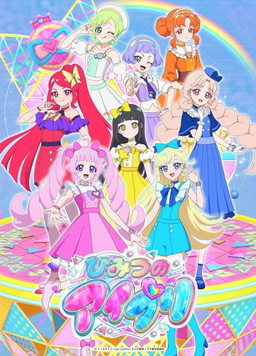 第10集
第10集
 第10集
第10集
 第22集
第22集
 第10集
第10集
 第09集
第09集
 第12集
第12集
 第10集
第10集
 第86集
第86集
 第10集
第10集
 [TV 01-13+SP]
[TV 01-13+SP]
 [TV 01-12]
[TV 01-12]
 第14集(完结)
第14集(完结)
 [TV 01-12]
[TV 01-12]
 第12集(完结)
第12集(完结)
 第13集(完结)
第13集(完结)
 第170话(完结)
第170话(完结)
 第12集(完结)
第12集(完结)